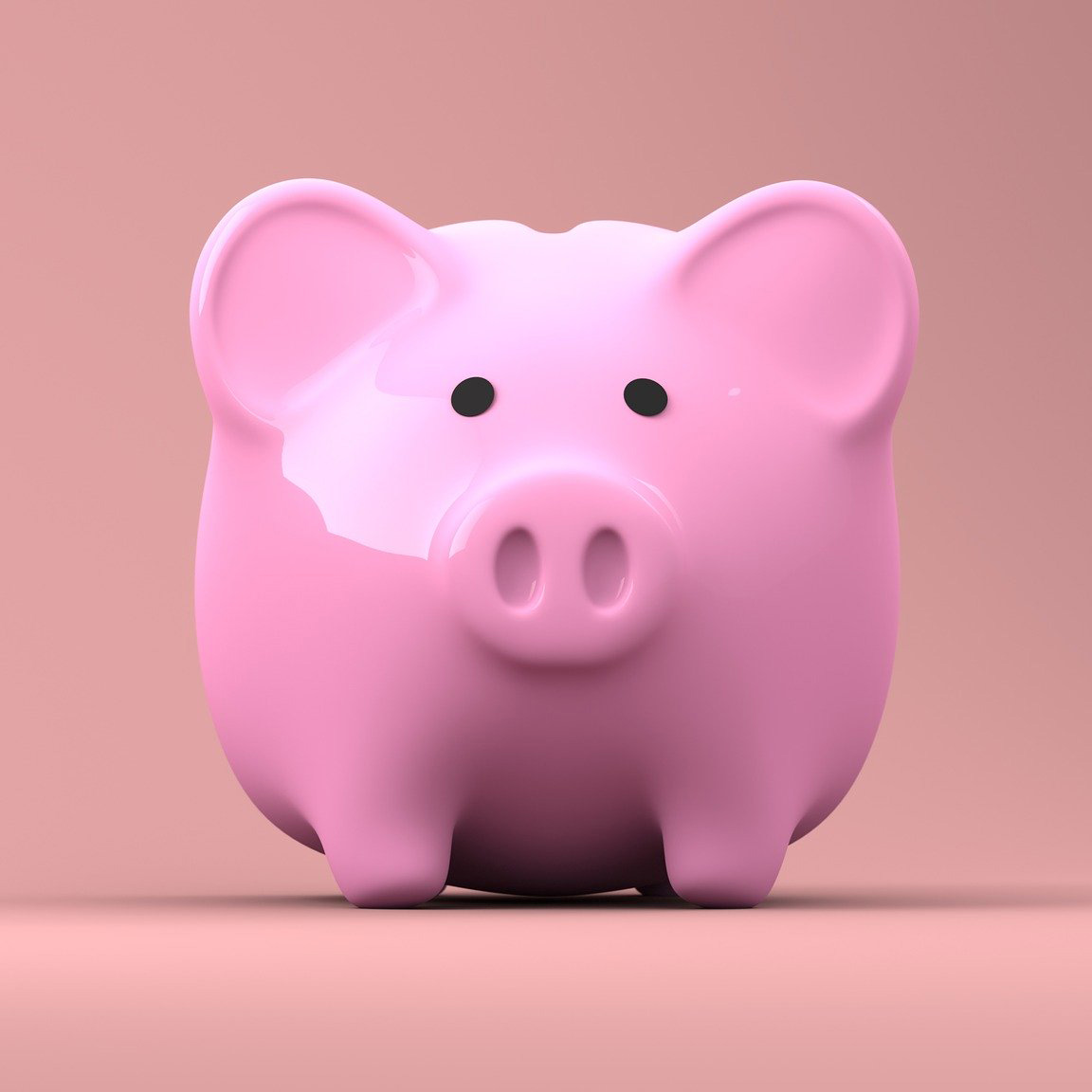Tickled Pink?
by Kratika Tandon
Tina Fey’s character in the television show “30 Rock” was right: “Being a woman is the worst.” From the catcalls to the pay gap, mansplaining to periods, the over-sexualization to the inherent inability to open tight jars—it just can’t get any worse than this. Right? Think again.
Introducing the “pink tax”: half of the population is subject to it, yet most don’t even know of its existence. The pink tax is the practice of charging more for products marketed towards women. The phenomenon is a form of gender-based price discrimination, and the name comes from the observation that the products advertised for women are often pink in color. Manufacturers claim that the price difference is a result of higher costs for producing women’s products/services, but there is an overwhelming amount of evidence that proves these claims are invalid since the products are practically the same—just catered to different groups of people.
According to the Joint Economic Committee for US Congress, women pay roughly an extra $2,135 each year due to this price discrepancy, or 7% more for consumer goods than men. For women, it costs more in 30 out of 35 categories for products of equal value and quantity. As Sherry Baker, president of the organization that launched the #AxThePinkTax campaign states, “By the time a woman turns 30, she’s been robbed of $40,562 just for being a woman.”
The DCA has found that products across most major categories are affected by the pink tax, from products catered to infants all the way to those for senior citizens, or as the study put it: “from cradle to cane.” On average, personal care products cost women over 13% more, with lotion and razors costing 11% more than the equivalent “for men,” and shampoo costing over 48% more. Women’s shirts cost 25% more than men’s shirts, 20% more for sweaters, 10% more for jeans… and the list goes on. As Vox notes, “The problem is that, for the most part, this is completely legal. Some states ban charging women more for services (like haircuts or dry cleaning). But consumer goods are still fair game. Ultimately, society expects women to look a certain way. And that way is just more expensive.”
But what about the added cost of functions women can’t control? Monthly periods cost a lot more than just the pain of menstrual cramps. From sanitary products to pain relievers to birth control, the costs add up—Aunt Flo is one high-maintenance lady! According to HuffPost, the total cost of a period in a woman’s lifetime is $18,171. Paying for sanitary products is a first world problem, but not all women live in the first world. Lack of access to menstrual products is a very real problem for women in less developed countries. UNICEF estimates that 10% of African girls miss school during their periods. Period poverty negatively affects the life opportunities of women and girls everywhere. (For more information and ways how you can help, visit https://www.globalcitizen.org/en/content/period-poverty-everything-you-need-to-know/).
So, what can women do to avoid this tax? The first and foremost step is to understand what products are overpriced. The difference between products targeted at men and women often can be found in the packaging, design, or formulas used. Many times, products for both sexes are practically identical, all the way down to the ingredients with the only slight difference being scent or color. In other instances, there is no variance other than the name on the label. Being aware of such price discrepancies can help you make sure you don’t fall prey to them. You can buy products that are targeted towards men or that are gender neutral. For example, men’s razors work just as well or often even better than women’s razors, giving you a bigger bang for your buck than your average one-use disposable pink razor. You can also invest in bath products for men (such as body wash and sometimes even deodorant). If you don’t want to “smell like a man,” you can always opt for unscented products. Being a mindful consumer and aware of purchases made can help you avoid this pesky tax.
However, these are only a few small steps we have to take on the long road to equality. Although women can dodge these extra expenses, the price discrepancy is still there. Here is what these trailblazing women are doing to fight back. As previously mentioned, the organization European Wax Center has recently created a movement led by the tag #AxThePinkTax. (Check out their website: https://axthepinktax.com/#intro!) The organization is leading this effort with the intent of raising awareness of this unjust gender price discrimination. According to Forbes on March 19, 2019, more direct efforts such as those of Nitasha Mehta’s, Director of the Online Marketing Board at online retailer company Boxed, have made a big impact. After doing her own research on the pink tax in 2016, Mehta decided to take a stand and pitch her ideas to the cofounders (all men) of the company which eventually led to a series of initiatives in order to tackle this inequality.
Two years after launching the initiative, Boxed has saved their customers over 1 million dollars but still remain the only US retailer taking a stand on this issue. The company knows that there is still a long way to go, and Mehta has been on the road testifying in state assemblies and legislatures to convince states to change their laws. She has also partnered with California State Representative Jackie Spier on her Pink Tax Repeal Act. Based on a press release from her own page, on April 3, 2019, Congresswoman Spier, who has been pushing for a bill to end such price discrepancies for over a decade now, reintroduced H.R. 2048: The Pink Tax Repeal Act. This is a bipartisan bill with 50 cosponsors and will end gender-based discrimination in the pricing of goods and services by allowing the Federal Trade Commission to enforce violations.
This price inequality is inherently unjust, but with small steps made by individuals like us and raising awareness by spreading the word, we can make an impact and make this movement gain support from those in power. We still have a long way to go, but recent progress has been incredibly promising and brings hope for the future.
About Kratika Tandon

Kratika Tandon is an incoming freshman at the University of Illinois at Urbana-Champaign. She is majoring in biology and graduating with a minor in environmental economics and policy. She graduated from Dunlap High School as class valedictorian. Tandon is incredibly passionate about sustainability. As such, she is interested in many different career paths that involve helping the environment. She is most interested in writing about the subjects of environmental issues, social justice, life during a pandemic, and racial equity. She is proficient in informative and expository writing as well as public speaking. Tandon was a part of her high school’s speech team for four years. This past season, she competed in two events at the state championship tournament: original oratory and informative speaking. She wrote and perfected these speeches on her own, both tackling specific topics dealing with the environment. Tandon was also the president of her school’s local Interact Club. She possesses great leadership, communication, and teamwork skills. She is participating with Giving Voice because she wants to use her voice and writing to inspire others and facilitate change.

